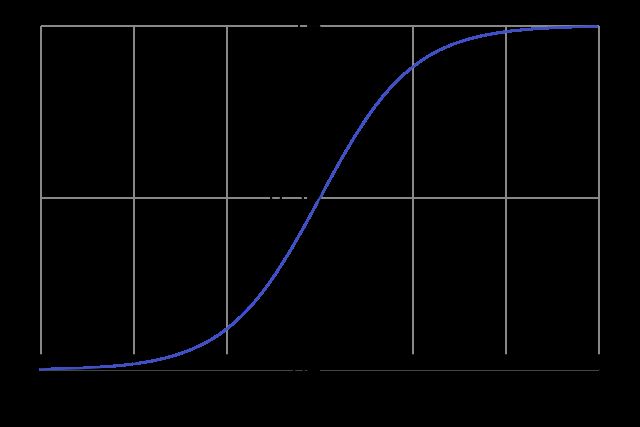Training neural networks using backpropagation

Objectives: Gain basic knowledge of neural networks and the different types of activation functions.
Welcome to this lesson on training neural networks using backpropagation in bioinformatics! They are extremely useful for tasks that involve pattern recognition and prediction, such as identifying protein sequences or predicting the function of a gene
One common way to train neural networks is using a technique called backpropagation. Backpropagation involves adjusting the weights and biases of the network to minimize the error between the network's output and the correct output.
The process of backpropagation involves several steps:
- Feedforward:
- The input data is processed through the network, resulting in an output prediction.
- Calculate the error:
- The difference between the predicted and correct output is calculated.
- Backpropagate the error:
- The error is backpropagated through the network, starting from the output layer and moving toward the input layer.
- Adjust the weights and biases:
- The network weights and biases are adjusted to minimize the error.
- Repeat:
- The process is repeated until the error is sufficiently small or the maximum number of iterations is reached.
Backpropagation is an iterative process, and the network weights and biases are gradually adjusted until the error is minimized. The above process is known as training the network.
everal variations of backpropagation exist to train neural networks, including batch backpropagation, mini-batch backpropagation, and stochastic backpropagation. Which algorithm variation you choose depends on the size and complexity of the dataset and the computing resources available for training.
In bioinformatics, neural networks are used for various tasks, including protein classification, gene expression prediction, and drug discovery. They have proven to be particularly effective for tasks that involve large and complex datasets, such as genomic data.
To train a neural network using backpropagation in bioinformatics, you will need to:
- Preprocess the data:
- This may involve cleaning and normalizing the data and dividing it into training and test sets.
- Choose an appropriate network architecture:
- This includes selecting the number and type of layers and the number of neurons in each layer.
- Choose an optimization algorithm:
- This algorithm adjusts the weights and biases of the network during training. Standard optimization algorithms include gradient descent and stochastic gradient descent.
- Train the network:
- his involves feeding the training data through the network, calculating the error, and adjusting the weights and biases using the optimization algorithm.
- Evaluate the network's performance:
- This involves testing the network on the test data and calculating metrics such as accuracy or F1 score.
This lesson has provided a good overview of training neural networks using backpropagation in bioinformatics. Thank you for reading!
Proceed to the next lecture: Recurrent neural networks for time series analysis in bioinformatics
